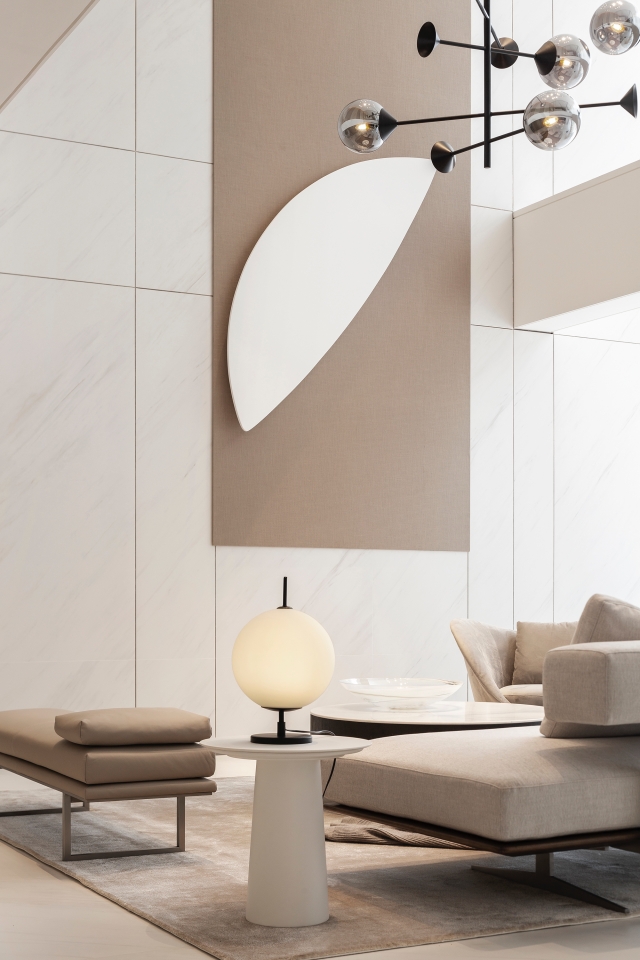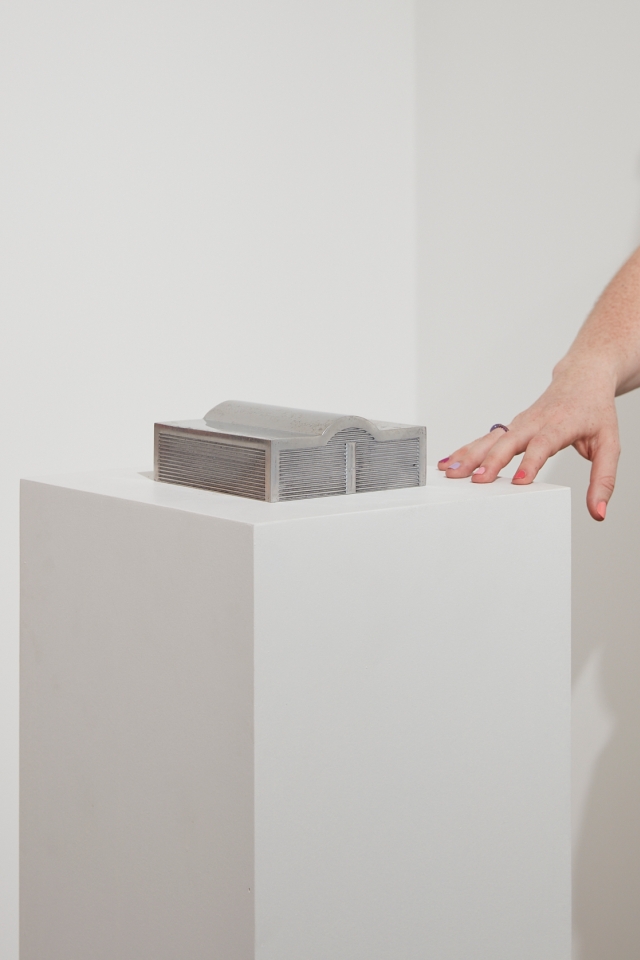Rebecca Charlez was born in Varberg on the Swedish west coast and started her artistic career in graphic design. She discovered art from a young age as her father worked at an art museum. Her artistic expression platform is cross-border, and along with painting, Charlez works with both music and photography. She tells us more about her process and inspirations.
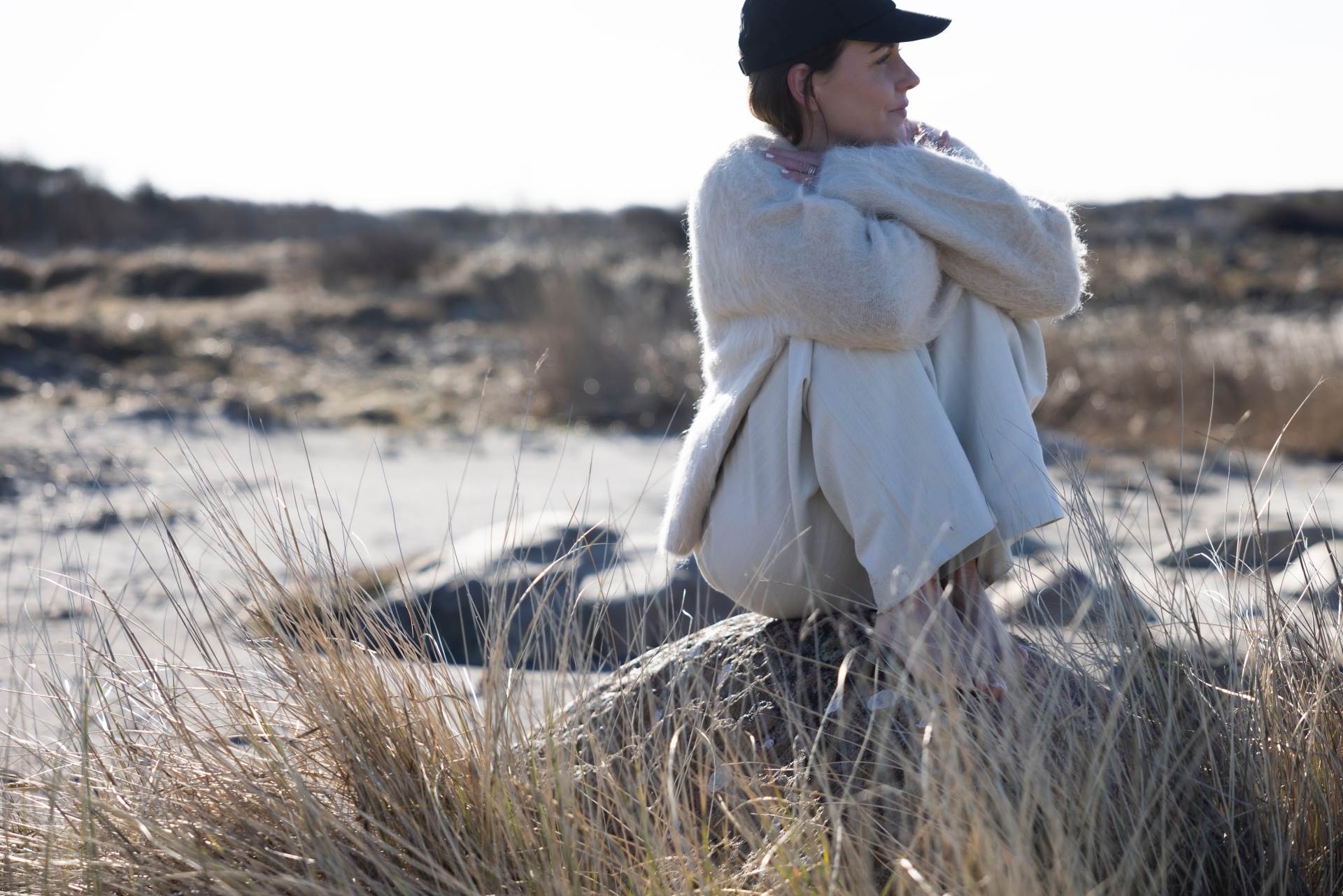
Give us some insight into your path to art… what led you to where you are today?
I have been creating and making art for as long I can remember. My mother, who is also an artistic person, taught me to draw at an early age. My artistry led me to illustrations and graphic design. Early in my twenties I was offered a job as an art director, working for a large shoe company in Sweden. It was a very inspiring place to start off a career and I had great opportunities to play around with ideas and see them come alive in marketing campaigns and in stores all over the country. Coming from a small town I remember visiting Stockholm, the capital of Sweden, and seeing ordinary people walking around with shoes and bags covered with my illustrations. That was quite a thing for me.
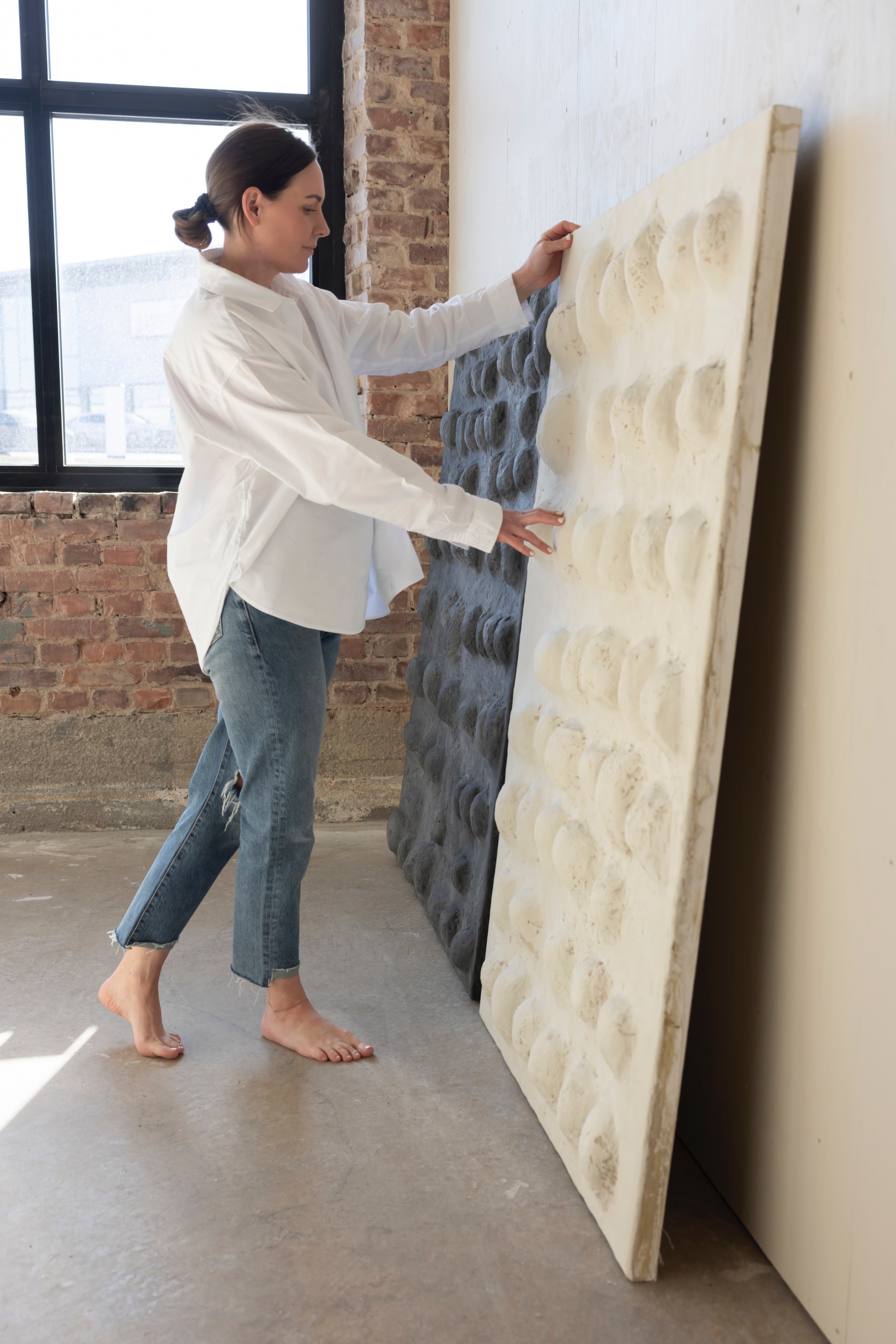
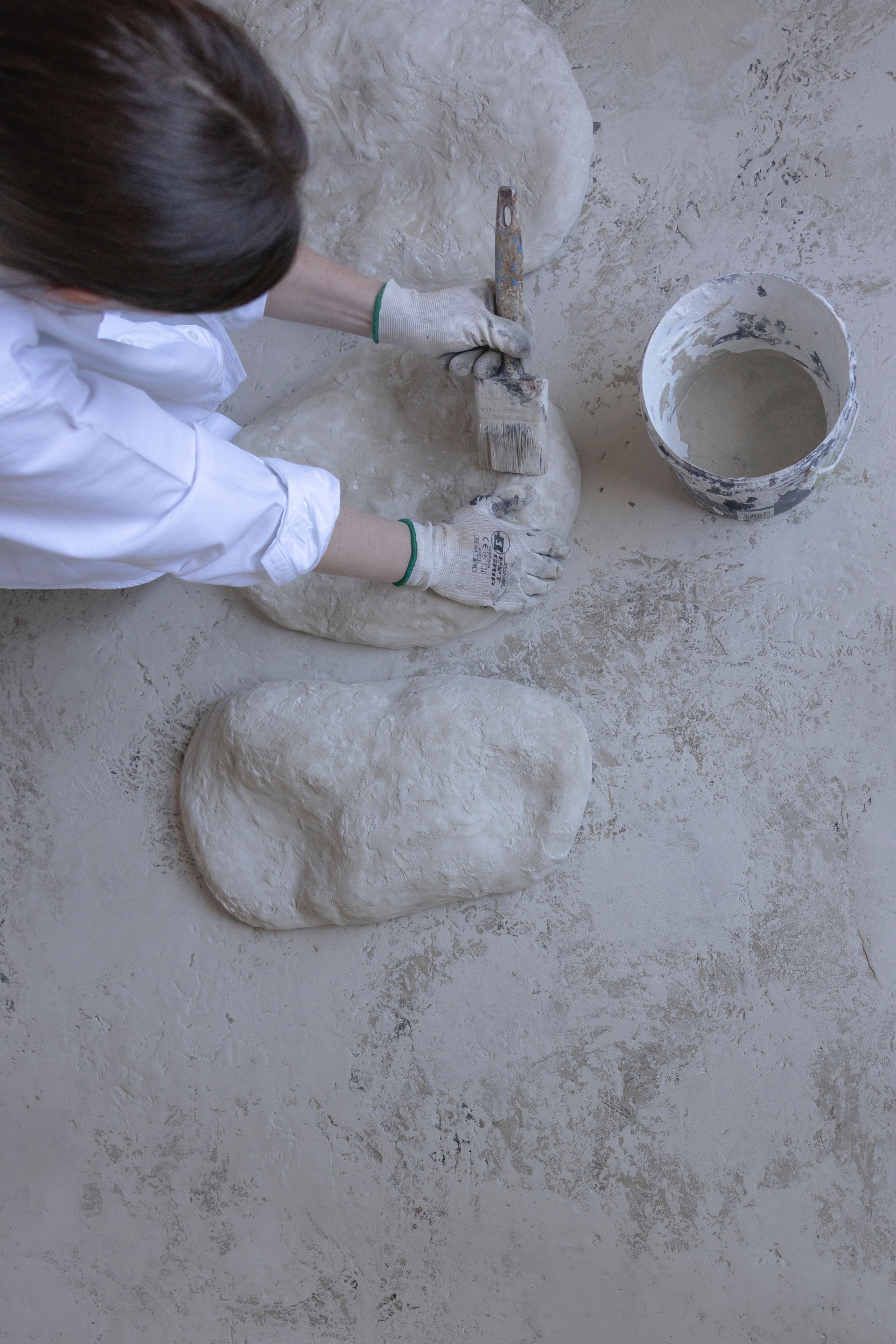
The last ten years I have been running my own business as a freelance designer. During the pandemic I lost most of my assignments. That, on the other hand, gave me time to create more freely. And that was the start of my new career. I am very grateful I had this opportunity, and I am so glad I managed to make something wonderful out of such a bad situation.
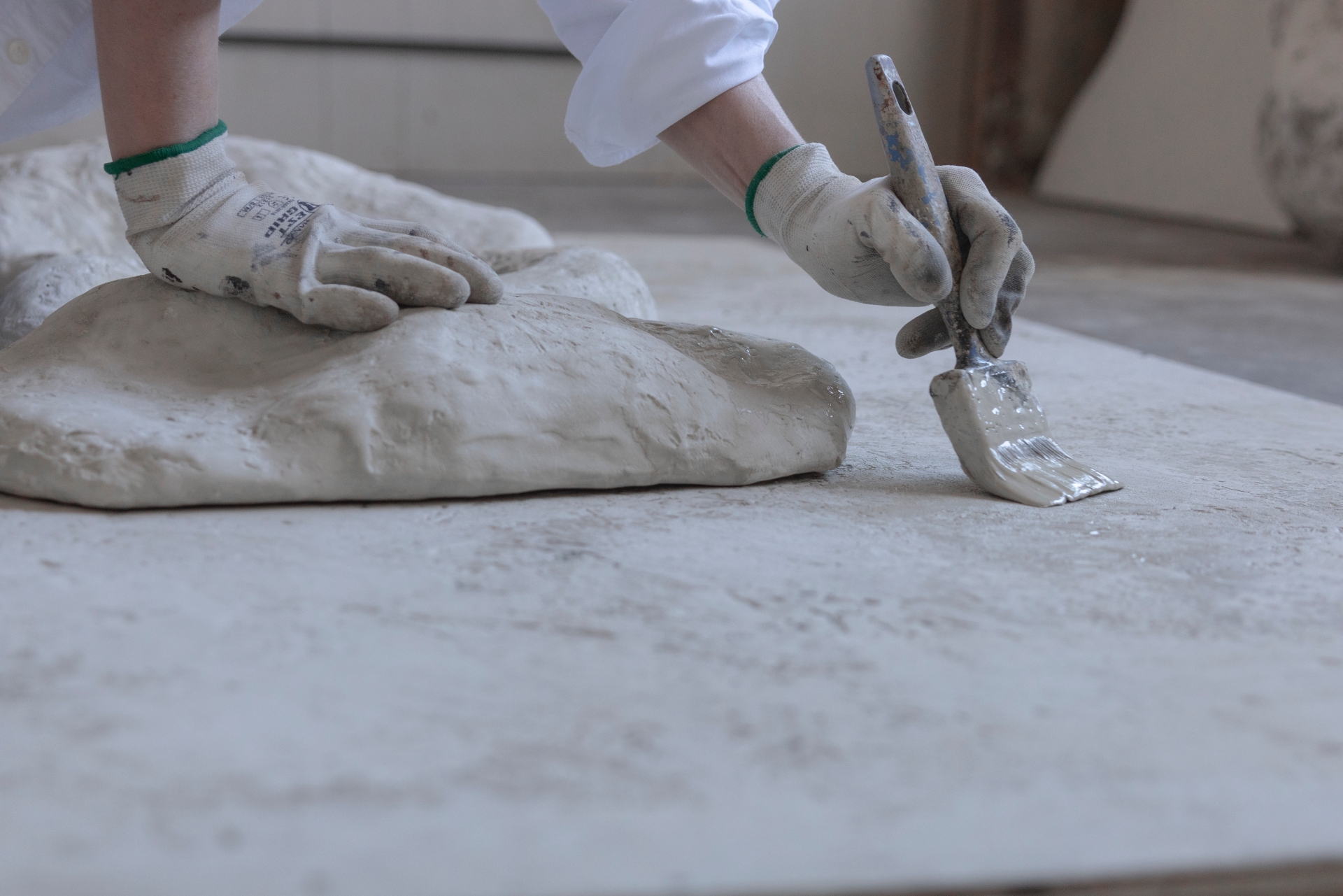
How did your father - who worked at an art museum and his career - inform the way you create and the way you view art?
Having a father who worked at an art museum growing up, I visited a lot of exhibitions with different kinds of artists from a young age. There was an exhibition with Swedish artist Ivar Arosenius that I specifically remember. Ivar’s work touched me and after that, I held a lecture for all the kids and teachers at my school, as an eight year old - telling the story of Ivar’s life, and showing his work on the projector. The kids could not really relate to my fascination and I remember some of the boys laughing and making fun of me. As a grownup I sometimes wonder what impact it had on me to spend time in that kind of environment. As a child I did not really reflect over it as it was a natural part of my life. I cannot really imagine what my life would have looked like without art.
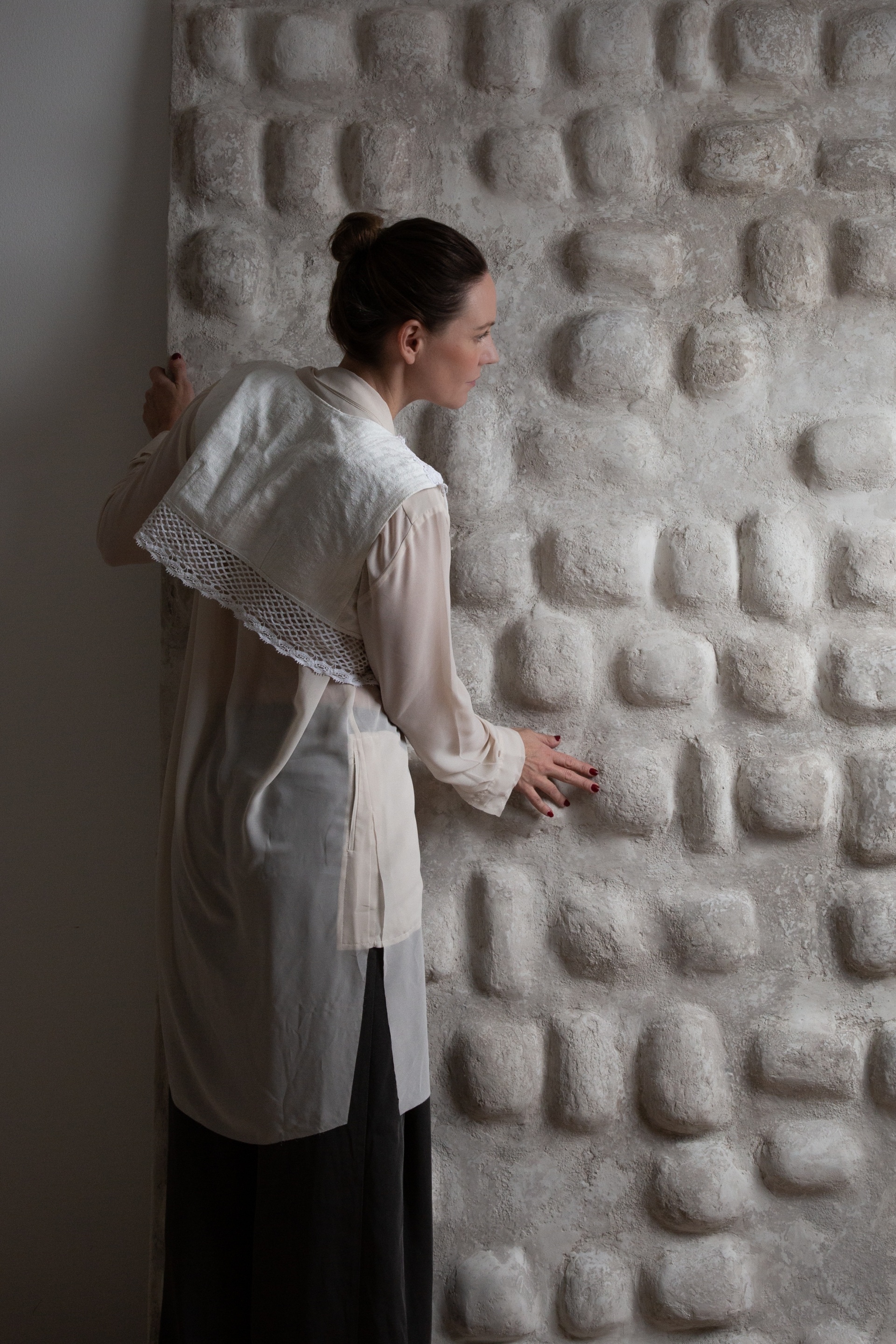
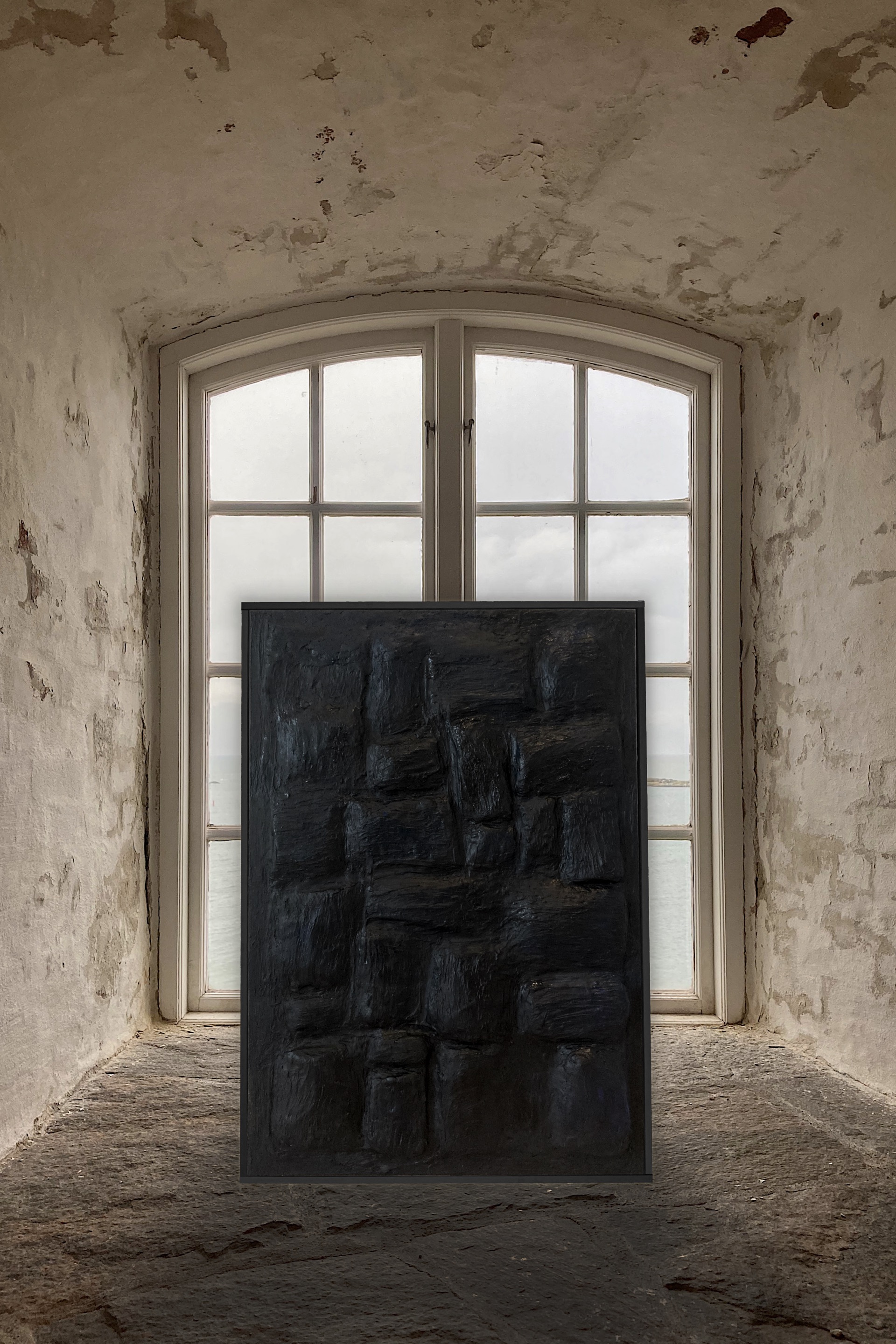
Do you always infuse an intended message in your artwork? What sensation and feelings do you want to evoke?
I hope that everyone experiences their own story with my art. What the artist tried to express is not the only true answer, as your sensation is as important as mine. For me it is very inspiring to hear about the associations others get when they see a piece.
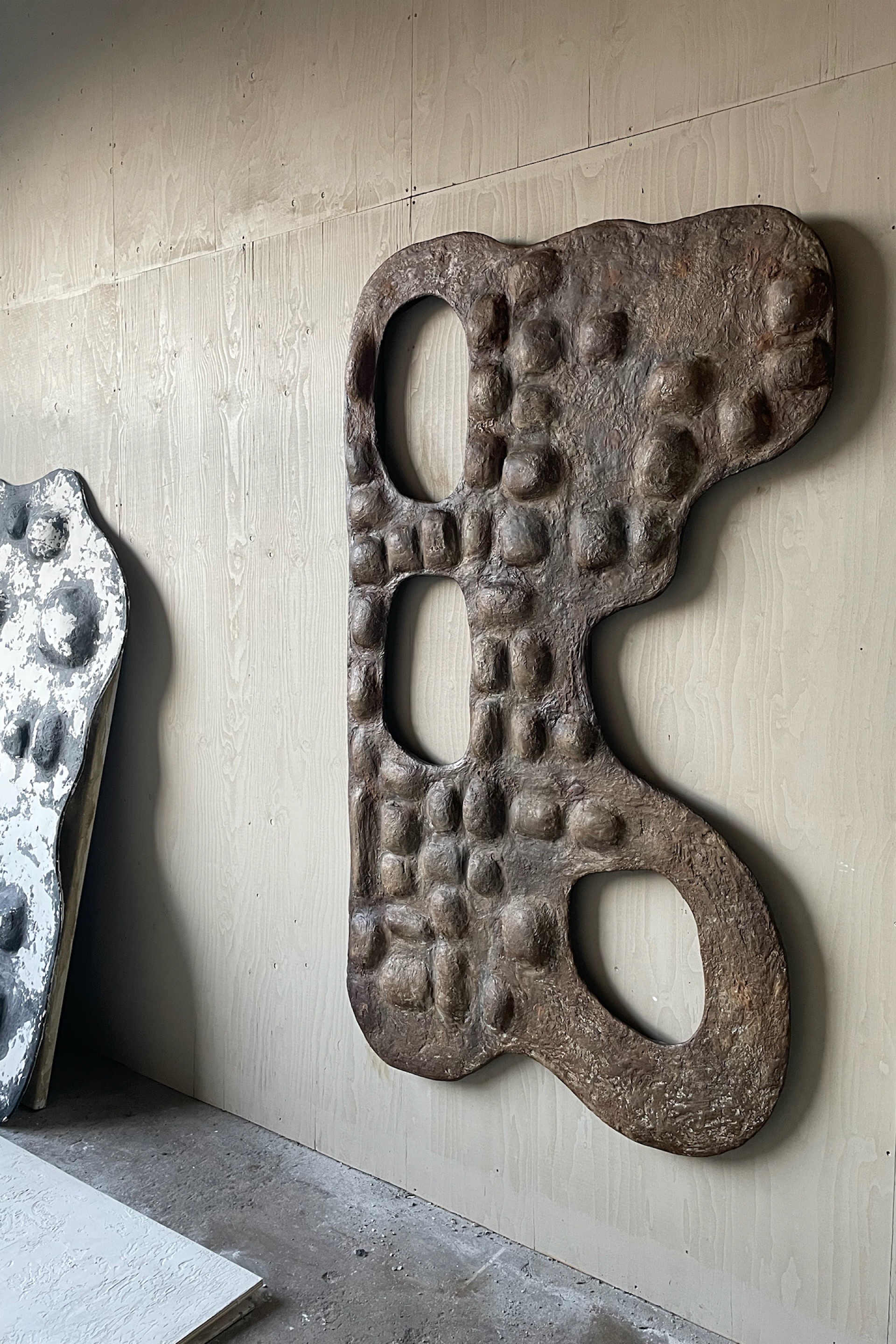
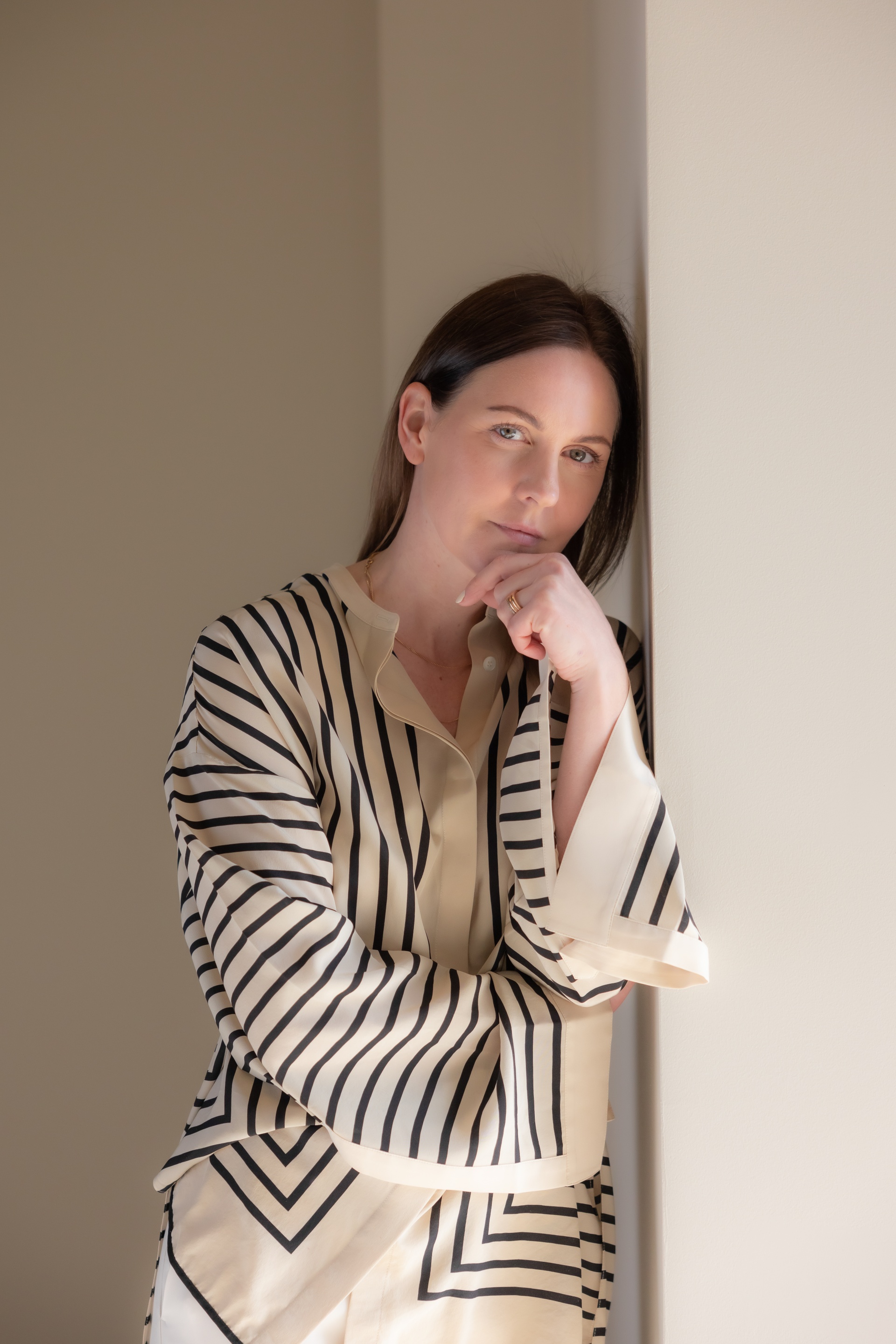
My way of making art is very intuitive. I don’t plan what to express, I just do. Sometimes I have an idea of something I want to do, but it feels important to allow myself to be flexible to my initial idea, and let the pieces emerge throughout the process. I do not want my conscious thinking to interfere too much with my creative process. This is actually quite a challenge. Maybe that is because in my other creative work, I always have a plan, an expected outcome and a client who wants to achieve a specific feeling. I think that is why it is so important to me right now to not let my brain limit my work.
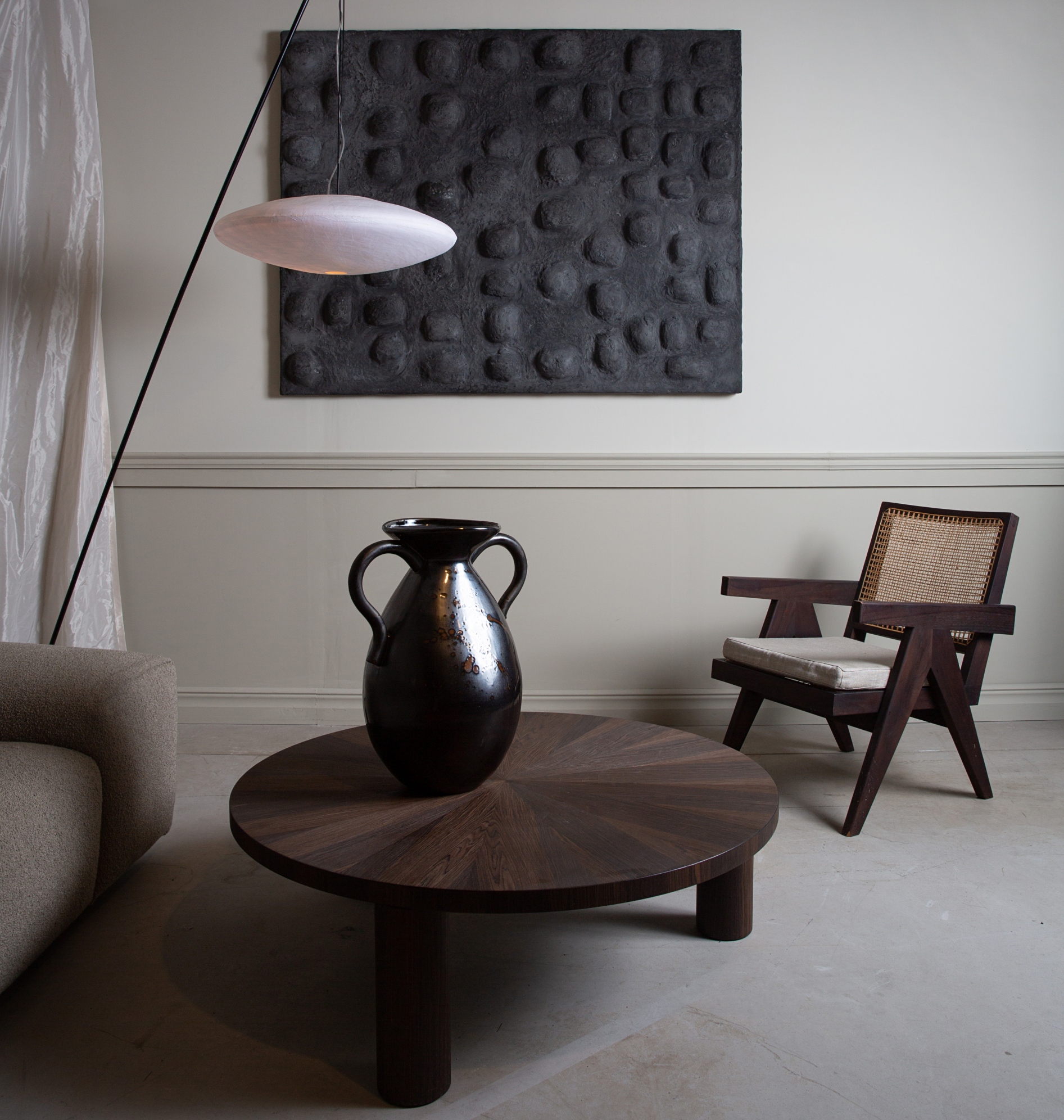
When I make something, I might not know what it comes from, what the work expresses. But after a while, when I look back at it I understand what it was all about. And I learn something new. Like a message to myself. Maybe you find a message too.
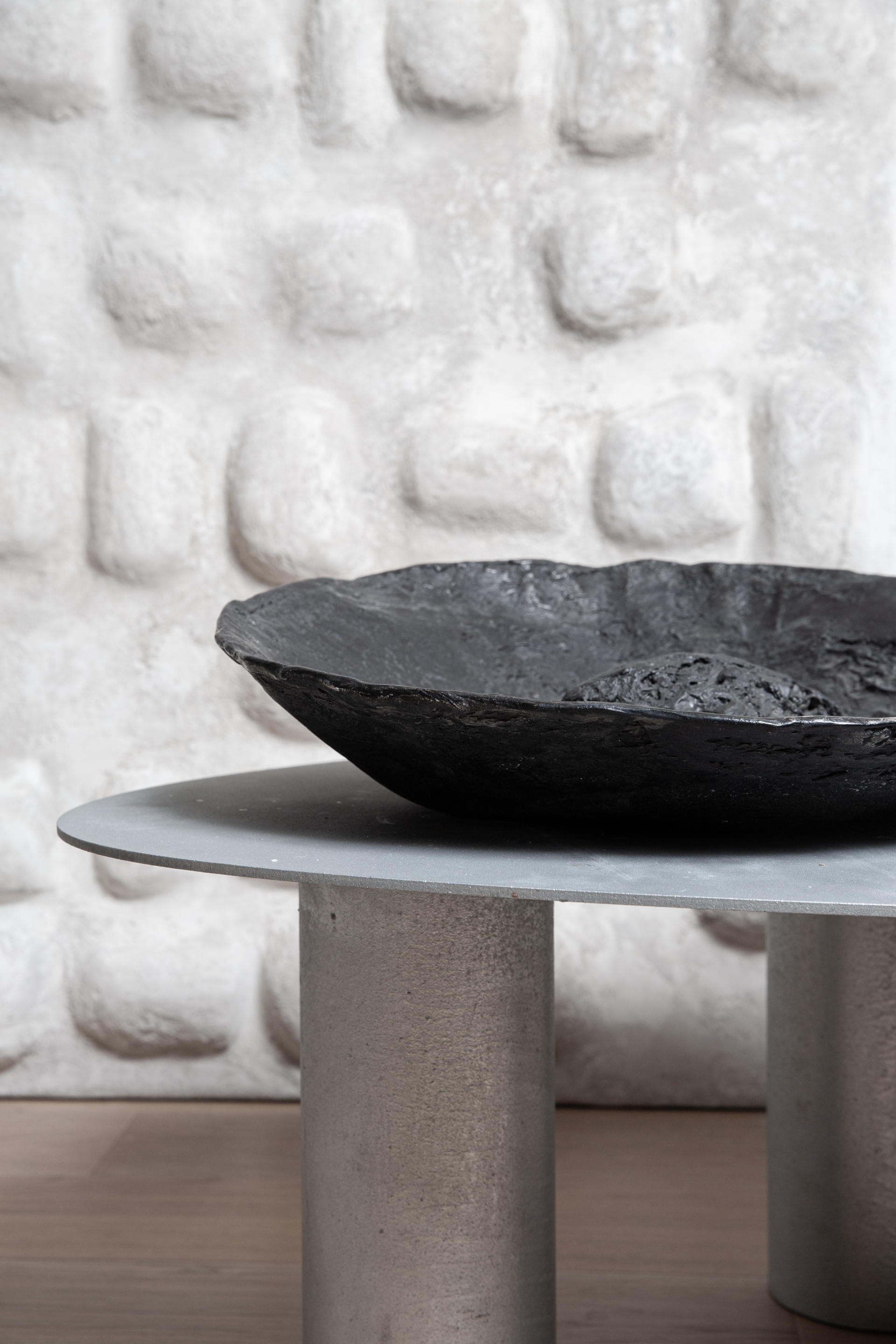
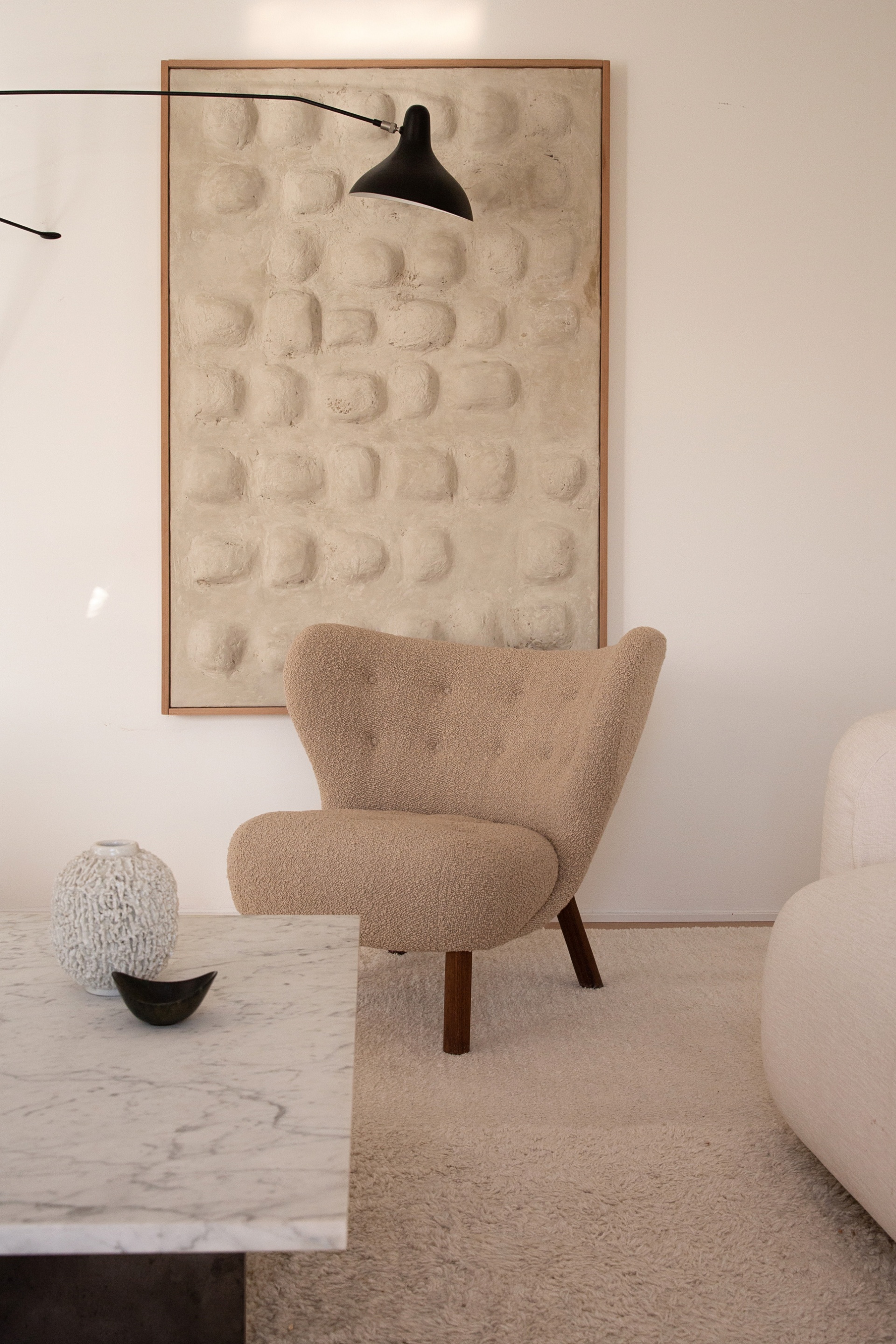
Texture plays a prominent role in your creation - why is it so important to you?
I love working with materials that have a raw and honest feeling, I like that you can tell that the piece is handmade. I am attracted to serenity, simplicity and faded colours. I often work in monochrome colour schemes. Adding heavy textures is a way to make contrasts in a piece, without using any colours. I am fascinated by raw, worn out materials. I love photographing patinated walls on old buildings for inspiration. I myself live in a newly built house and I really miss that genuine touch of imperfect structures in my everyday life. When every surface that surrounds you is flat, linear and newly constructed I feel like I need to add something patinated, organic, and not so perfect to make me feel grounded and relaxed.
How has your style evolved since you first started?
Right now I like to work with a sculptural but minimalistic expression, with muted monochrome colours and organic shapes. I feel that I am in an early stage of my career. I want to maintain an open mind and have no idea how my artistry will enfold in the future.
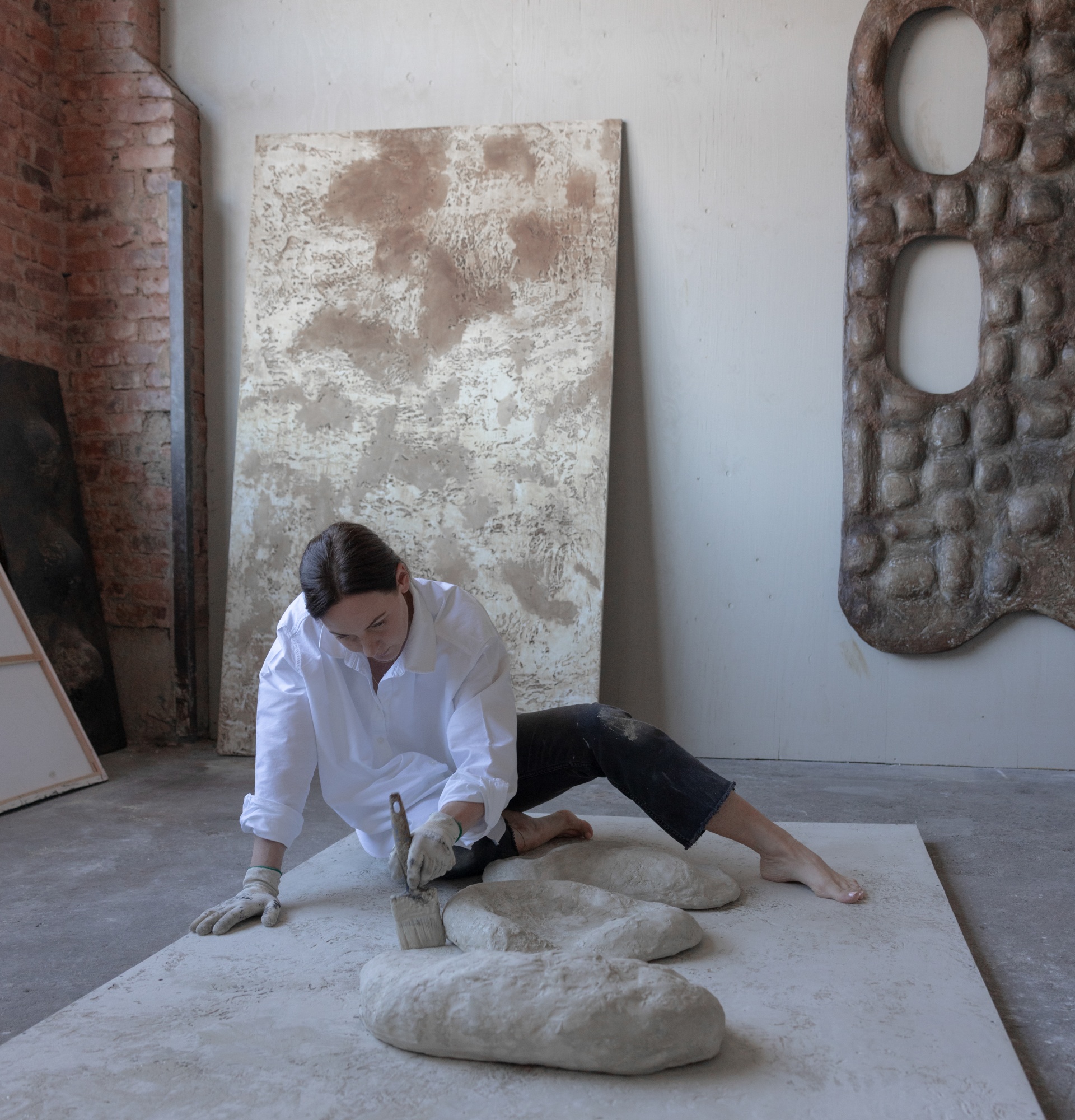
What’s your largest source of inspiration?
Give me a pile of different materials and it will inspire me to create. Being open minded about materials and using whatever I have around me makes me creative, just like people have done for thousands of years. If I do not have a brush, I use a cloth or something else that I can find. That way I find new expressions that could never have happened with an ordinary painting brush. And if I do not have a canvas I make something else to paint on. Being open minded with my supplies makes me create new things and even surprise myself sometimes. It is also a more sustainable approach to making art.
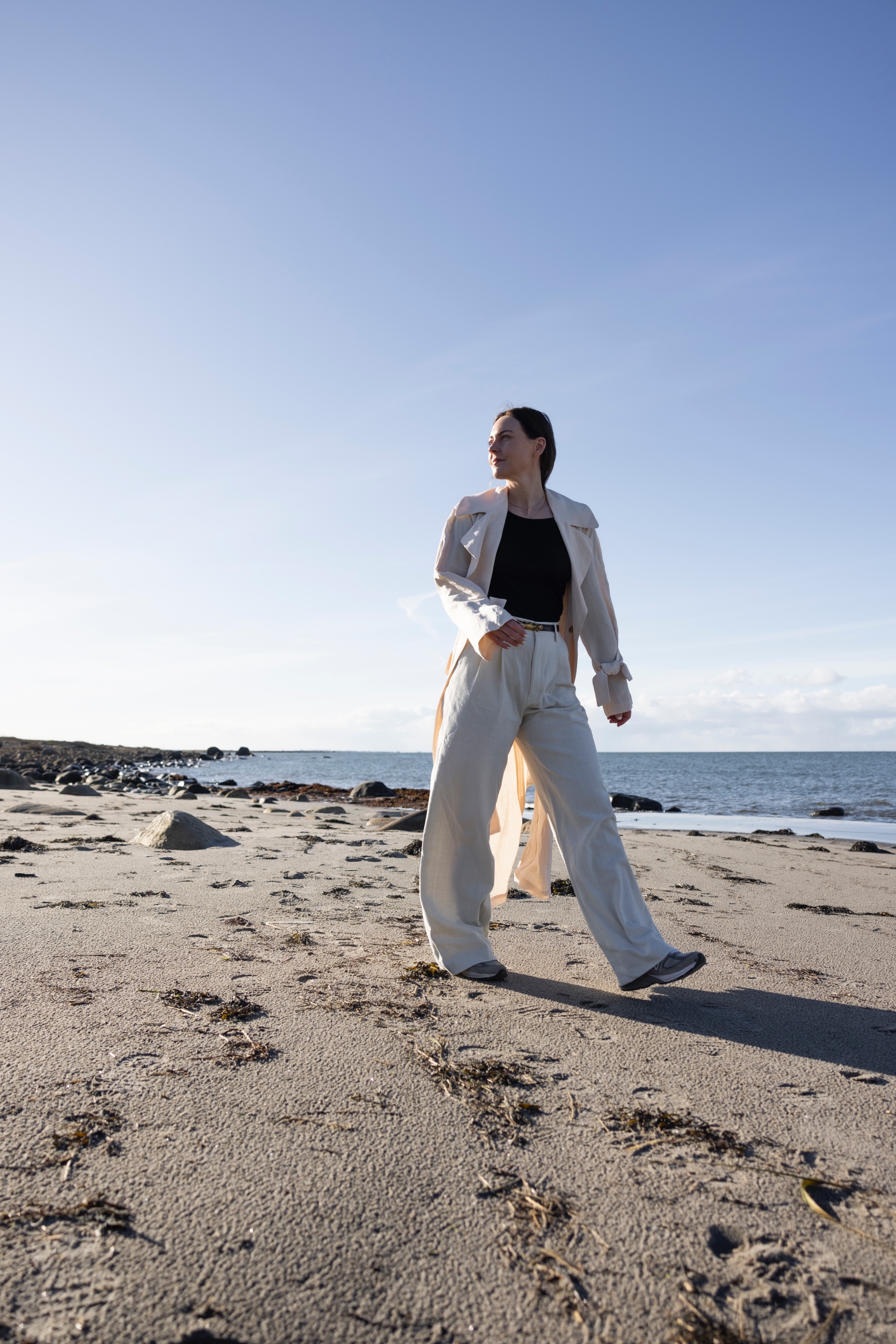
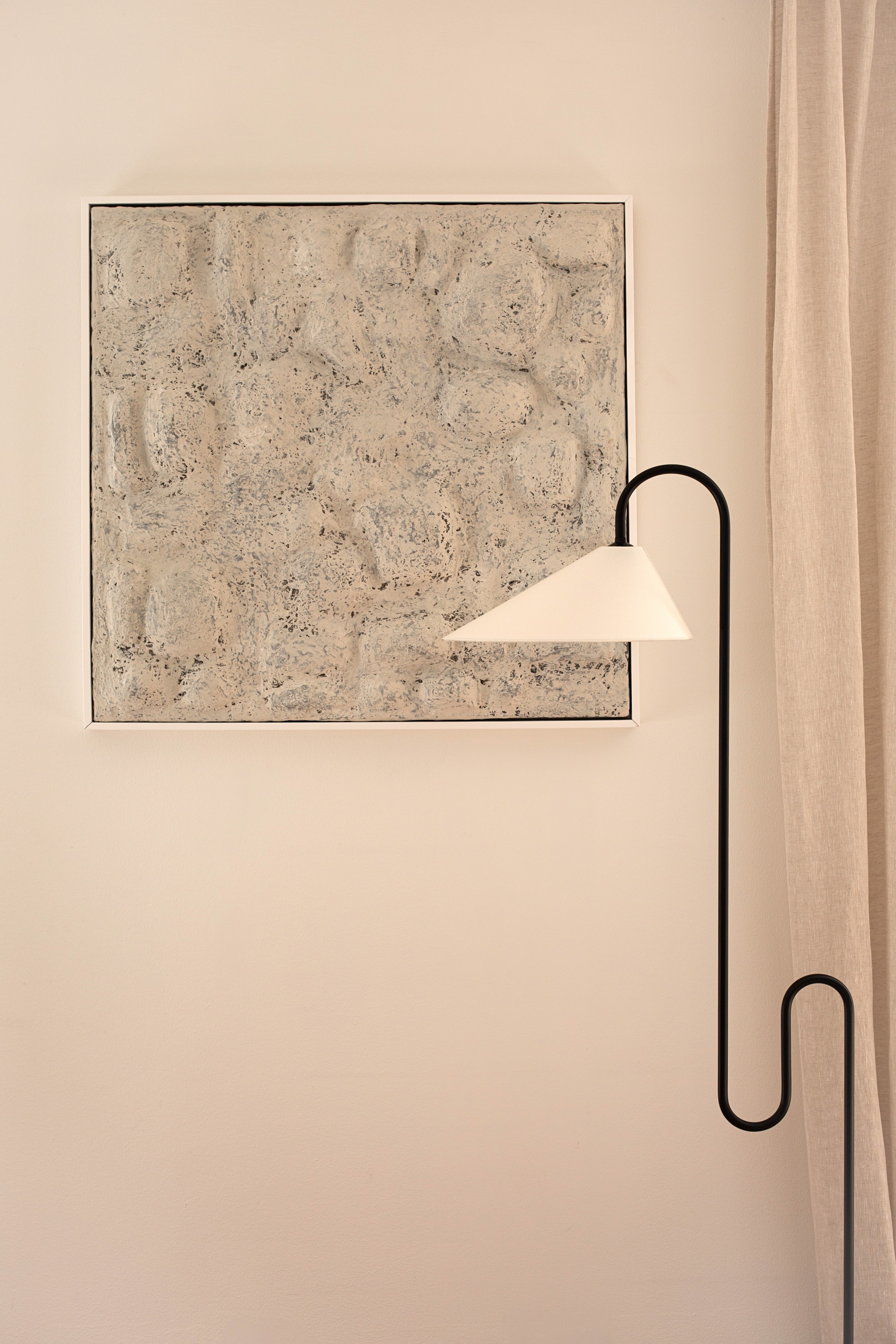
What’s your largest source of inspiration?
Give me a pile of different materials and it will inspire me to create. Being open minded about materials and using whatever I have around me makes me creative, just like people have done for thousands of years. If I do not have a brush, I use a cloth or something else that I can find. That way I find new expressions that could never have happened with an ordinary painting brush. And if I do not have a canvas I make something else to paint on. Being open minded with my supplies makes me create new things and even surprise myself sometimes. It is also a more sustainable approach to making art.
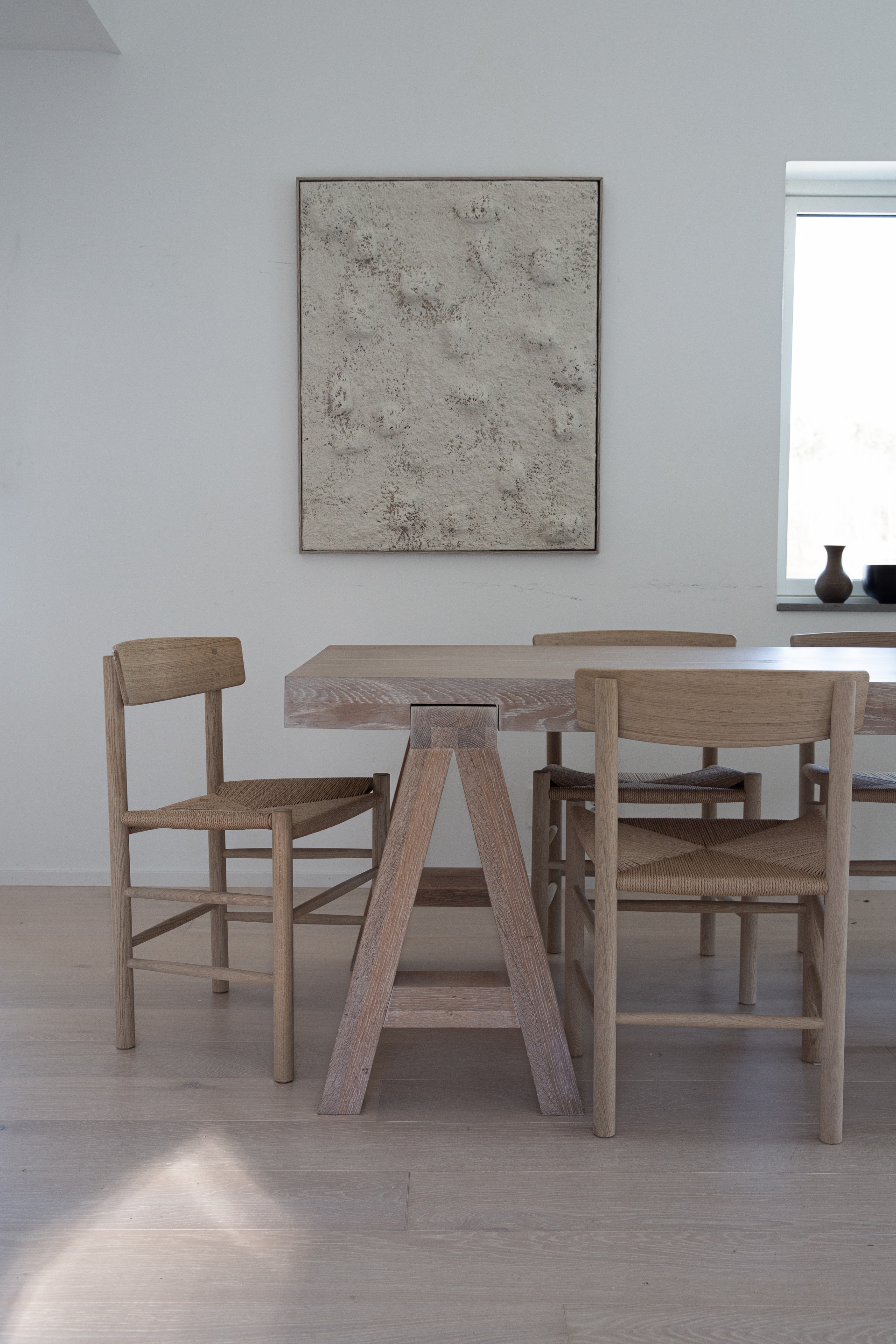
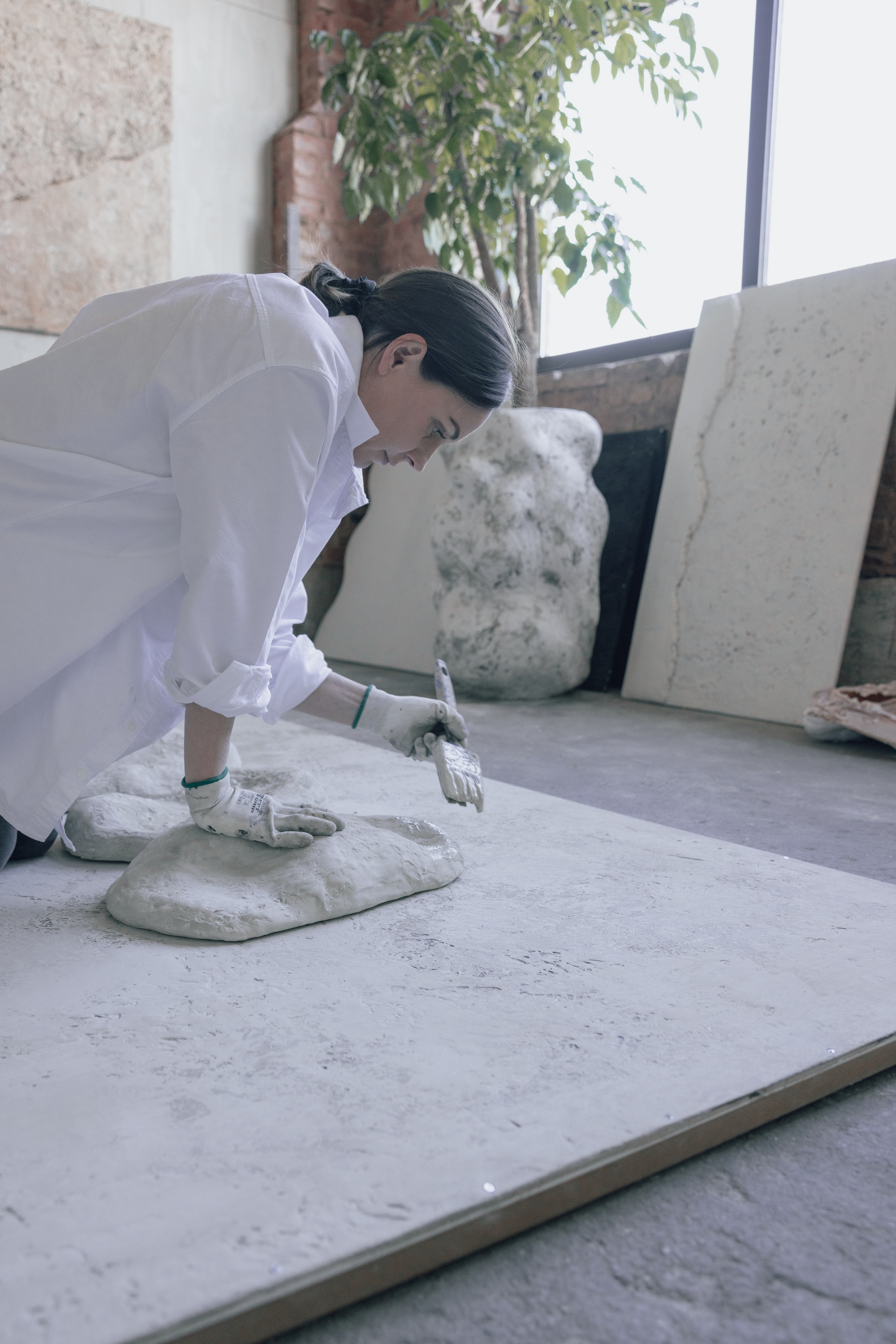
Could you share with us your creative process?
Creating to me is a kind of meditation. Breathing, feeling the flow, losing track of time. I love working barefoot, listening to music. I like that I do not know what I am creating, to follow every new impulse until it feels complete. If I have an idea of what it is I want to do, that is almost never the end destination. I do not want to force the work, I just follow my instinct. It is a good exercise for our minds not to think, but to feel.
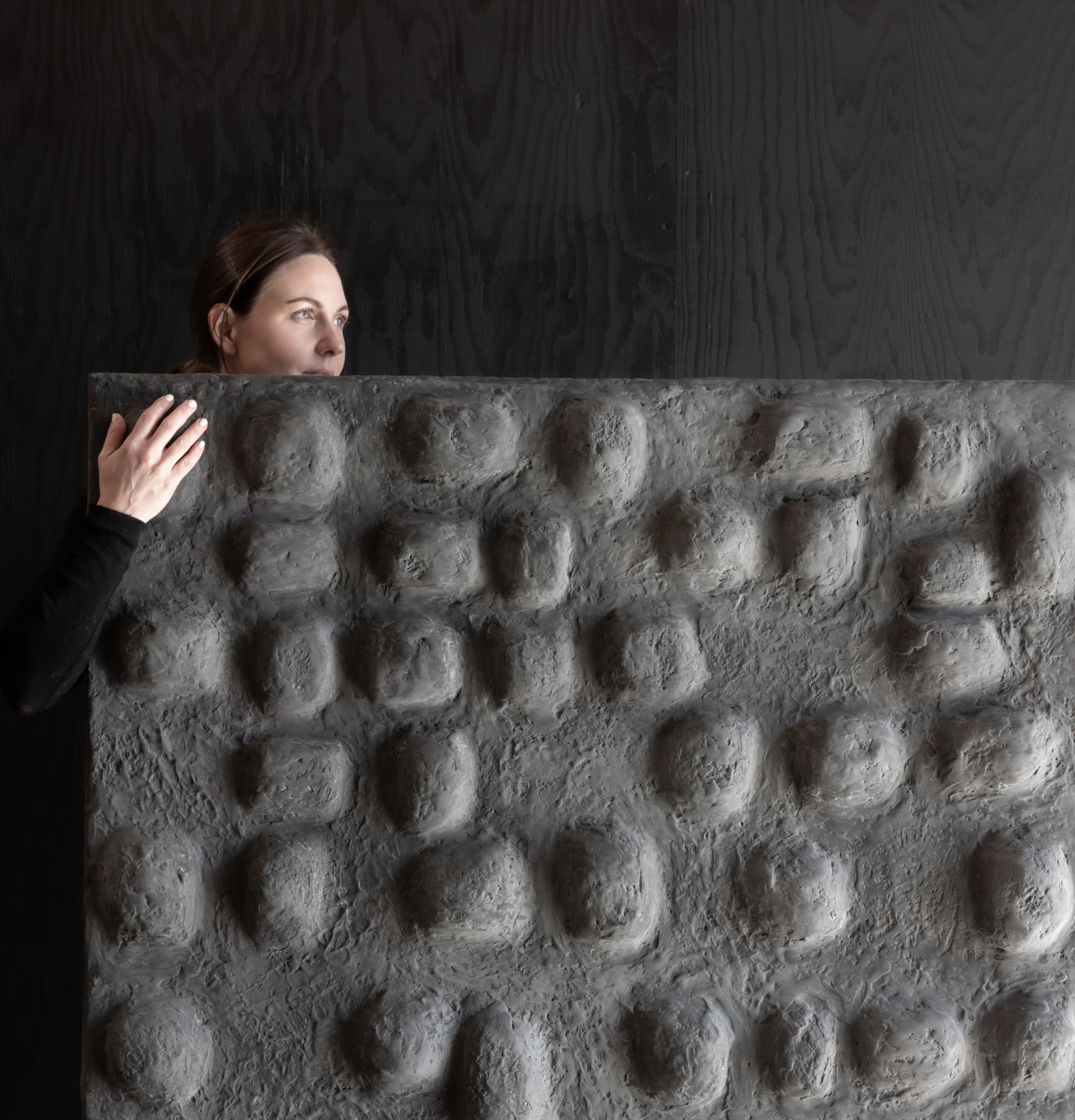
Do you create at home or at a studio? How does it nurture and inspire your creativity?
I recently moved into my new studio space. It is a beautiful old industrial brick house with arched windows and concrete flooring. A very raw overall feeling that goes well with what I create. I feel like home inside these walls as it used to be a music recording studio where I have spent a lot of time throughout the years. It feels great to be back here, closing the circle with creating, but in a different way.
Where is your favourite go-to when you are emotionally/physically drained and are in need to feel refreshed?
Nature, especially coastal environments have a calming and cleansing effect on me. The best way to restart my mind and freshen up is a cold dip in the ocean, especially in the winter. I live close to the ocean and I have come to enjoy winter swimming as a perfect way to cleanse my mind and give my body a boost.


What are you currently working on and what can we expect from you in the coming year?
I am planning on a lighting collection that I have been working on for a couple of years. Lighting is a very important issue in Sweden as the winters are very dark. Working with objects is a new dimension to art, kind of working with sculptures that also have a function. I love to think of light as a medium of expression. In my structured paintings, natural light plays an important role as the texture is dependent on light and shadows to visualise the shapes of the surface. By adding artificial light in different ways it is possible to achieve new expressions.






